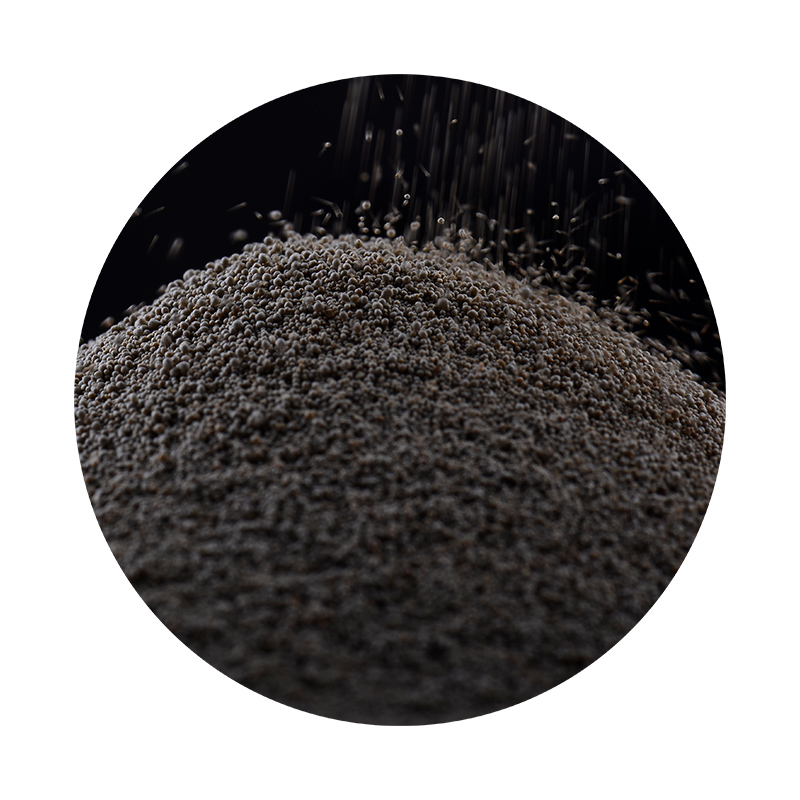Sand for Metal Casting A Comprehensive Overview
Metal casting is a crucial manufacturing process that involves pouring molten metal into a mold to create intricate shapes and components. One of the primary materials used in this process is sand, which plays a vital role in the creation of molds and cores. The properties of sand, its composition, and preparation significantly impact the quality of the final cast product. This article delves into the importance of sand in metal casting, its types, and the factors influencing its selection and preparation.
Types of Sand for Metal Casting
Several types of sand are widely used in metal casting, each offering distinct advantages depending on the specific requirements of the casting process.
1. Silica Sand This is the most commonly used type of sand in metal casting. It has high thermal stability and excellent flow characteristics, making it ideal for creating molds. Silica sand contains large amounts of silicon dioxide, which gives it good refractoriness and enables it to withstand the high temperatures associated with molten metal.
2. Zircon Sand Known for its superior melting point and thermal conductivity, zircon sand is often used in high-performance applications. Its low thermal expansion helps minimize defects in castings while providing excellent dimensional stability.
3. Chromite Sand This type of sand contains chromium and is known for its high resistance to thermal shocks and excellent mold strength. Chromite sand is particularly beneficial for producing steel castings and is often utilized in foundries that require high-quality finishes.
4. Green Sand A mixture of silica sand, clay, and water, green sand is a traditional molding sand that is moist when handled. It is easy to mold and shape, making it a popular choice for small foundries and job shops. The clay in green sand helps bind the particles together, providing strength to the mold.
5. Synthetic Sand This type of sand is engineered to provide consistent performance and can be tailored for specific casting applications. Synthetic sands are often designed to enhance features like strength, flowability, and reusability, making them an excellent choice for modern casting processes.
Properties of Casting Sand
The effectiveness of sand in casting applications is determined by its physical and chemical properties
. Key properties to consider include
sand for metal casting

- Grain Size and Distribution The size of the sand grains affects the packing density and surface finish of the cast. Fine grains produce smoother surfaces, while coarser sands yield better strength.
- Moisture Content The right amount of moisture is crucial for binding the sand particles together. Too much moisture can lead to blowholes in the casting, while too little can result in a weak mold.
- Plasticity This property is particularly important for green sand as it determines how well the sand can be shaped and retained in the mold.
- Refractoriness The ability of sand to withstand high temperatures without fusing to the metal is essential for preventing defects.
- Thermal Conductivity Sand with high thermal conductivity helps manage heat transfer, which is crucial for the cooling rate of the metal and influences the crystalline structure of the final product.
Selection and Preparation of Sand
Selecting the right type of sand is critical for ensuring successful metal casting. Factors influencing this selection include the type of metal being cast, the complexity of the mold shape, and the desired surface finish. Preparation of the sand involves processes such as drying, screening, and mixing with binders and additives to enhance performance parameters.
Regular testing and maintenance of the sand mixture are also vital to ensure consistent quality throughout the casting process. Foundries must monitor the properties of sand and make adjustments as necessary to achieve optimal results.
Conclusion
In conclusion, sand is an indispensable material in metal casting, affecting the quality, strength, and finish of the final product. Understanding the types of sand, their properties, and the nuances of preparation allows foundries to optimize their casting processes effectively. As technology advances, the development of new types of sand and blending techniques continues to enhance the capabilities of metal casting, paving the way for more complex and methodologically sound manufacturing solutions.
Post time:Dec . 10, 2024 15:57
Next:High-Performance Ceramic Sanding Discs for Efficient Surface Finishing and Smoothing
